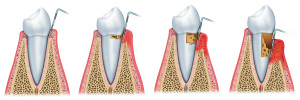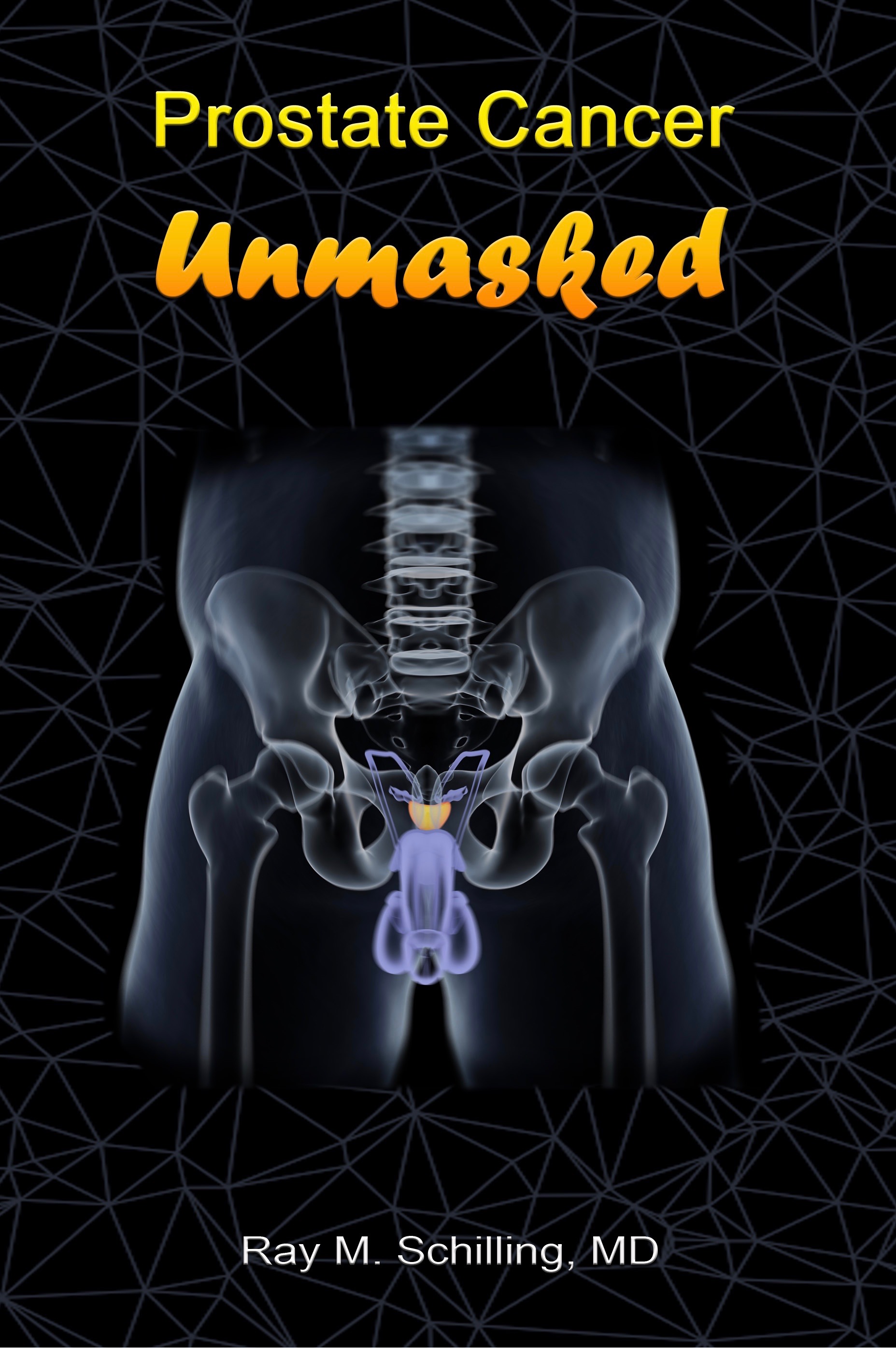When gingivitis is worsening, it can affect the periodontal support tissues, the gingiva, the alveolar bone, the periodontal ligament and the cementum layer. When these structures are inflamed, periodontitis has begun. Without acute intervention with the help of a dentist this leads to chronic periodontitis. Often this develops in patients with chronic diseases such as Crohn’s disease, diabetes, immune deficiencies, connective tissue weaknesses like Ehlers-Danlos syndrome and others. HIV associated periodontitis is particularly aggressive and requires close attention and treatment. This is similar to acute necrotizing ulcerative gingivitis, but with this progressive periodontitis 9 to 12 mm of attachment of gingiva to the teeth gets lost in only 6 months. This allows mouth bacteria and pathological bacteria to cause accelerated decay of the roots.
Signs and symptoms
There is surprisingly little in terms of symptoms. However, with meals the periodontal pockets cause pain and trigger a check-up with the dentist who readily diagnosis periodontal disease as there are pockets of more than 4 mm depth. Dental X-rays show loss of alveolar bone.
Treatment of periodontitis
Periodontal disease is treated by close follow-up with the dentist. Initially the patient may have to be seen every two weeks with increasing intervals between visits when the condition improves. In the beginning the dentist will do scaling and root planning. This consists of removing diseased dentin. The root needs to be smoothened to make it difficult for pathological acid producing bacteria to grow. Plaque and calcium deposits are removed; any defects have to be restored. The patient supplements this periodontal disease treatment program by doing frequent tooth brushings at home with a soft tooth brush and by flossing. When the pockets remain less than 4 mm, the only maintenance treatments required are regular cleanings by the dentist. If deeper pockets persist, a more vigorous treatment program is utilized involving antibiotics and periodontal surgery. Occasionally pocket reduction surgery and tooth splinting for loose teeth are required.
More information about periodontal disease (due to periodontitis): http://www.askdrray.com/the-culprits-for-periodontal-disease/
References:
1. Suzanne Somers: “Breakthrough” Eight Steps to Wellness – Life-altering Secrets from Today’s Cutting-edge Doctors”, Crown Publishers, 2008
2. http://www.webmd.com/oral-health/dental-root-canals
3. http://www.aacd.com/whitening
4. http://www.nhs.uk/conditions/Gum-disease/Pages/Introduction.aspx
5. http://www.aae.org/patients/treatments-and-procedures/root-canals/root-canals.aspx
6. http://en.wikipedia.org/wiki/Dental_trauma
7. http://www.dailymail.co.uk/health/article-25286/The-complete-guide-cosmetic-dentistry.html







